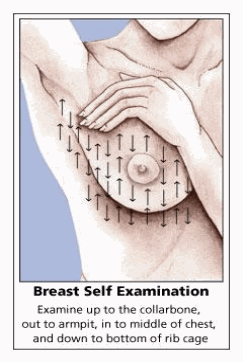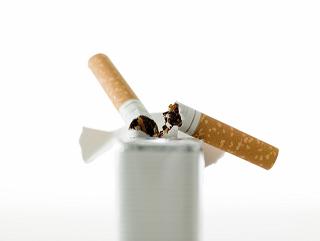 Image to the left taken from FacingOurRisk.org.
Image to the left taken from FacingOurRisk.org.
For anyone concerned about hereditary breast or ovarian cancer, FORCE is hosting their annual Joining FORCEs Conference with Moffitt Cancer Center to educate individuals on everything from mastectomy options to genetic basics, and reconstruction options to menopause. This three-day international conference will provide attendees with valuable information and tips for cancer prevention and detection.
Attendees will also learn vital skills such as how to cope with cancer, how to make risk-management decisions, how to discuss cancer with family members, and so much more.
The event takes place from June 23 – 25 at the Hyatt Regency Grand Cypress in Orlando, Florida. And we are delighted to inform you that we’ll be attending the event and featured as one of the exhibitors. In addition to exhibiting, Dr. James Craigie will be on one of the reconstruction Q & A panels, and Dr. Richard Kline will be hosting a table at the Networking Breakfast. We hope to see you there!
See below for an amazing video from FORCE:
Click here to register for this amazing event!









